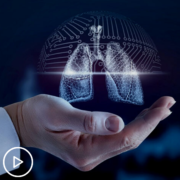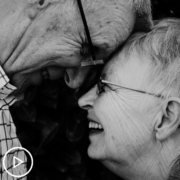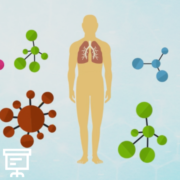Health Exercises to Tap Into Your Resiliency
The current pandemic the world is facing has caused a whirlwind of emotions, especially for immunocompromised patients, including cancer patients. Every feeling, from grief to sadness, and anger to hopelessness, has been magnified as our minds take a toll and our level of vulnerability has grown.
Right now, we are doing the best we can with the knowledge, experiences, and tools that we have. A couple of ways to utilize these tools and stay grounded during this time include meditation and exercise. Below are a list of resources, including ones I have personally used, that can be utilized to build inner and outer strength.
Walking
A great form of exercise that can be done anywhere and doesn’t require any equipment. During your walks, take in the scenery around you. Challenge yourself by quickening your pace, going up and down hills, or see how far you can go in a specific amount of time.
Yoga
Another activity that requires little to no equipment. Find free videos on YouTube or look to see if a local studio is offering online classes. Yoga allows your mind to calm and your stress hormone levels to reduce as you focus on slower movements and breath work.
Aerobics or high-intensity interval training (HIIT)
Helps improve cardiovascular health and endurance through quick movements done in rounds and can utilize the entire body. YouTube and Instagram are great places to look for these types of exercises. You can also incorporate weights (if you have them) to make it more challenging.
Strength training or weight lifting
Beneficial for both men and women, and burns more calories over time. You don’t have to be buff to lift weights or even have equipment. Buckets filled with heavy items or other things with handles, soup cans, bags of flour, a dish towel, or even body weight can be used to break a sweat. Again, YouTube and Instagram are your places for videos. Pinterest can also be helpful by searching for “body weight exercises,” or “exercises with no equipment.”
- Mastering the form of each exercise is crucial to avoid injuries. Form > the amount of weight you can lift.
- Do each exercise slowly. Form a mind-muscle connection.
- Don’t forget to breathe!
- Stretch!
- Favorite exercises:
- Bicep curls
- Tricep dips
- Bent over rows (back)
- Rear delt flys (deltoids)
- Upright rows (shoulders/trapezoids)
- Squats
- Deadlifts: Romanian, sumo, one-leg, stiff-leg (hamstrings)
- Calf raises
- Military press (shoulders)
- Chest press
Meditation
Meditation is a wonderful practice that can be used to mitigate negative thoughts and distractions. This is important any time, not just during quarantine! One of the best things about meditation: you don’t have to be perfect! Meditation takes dedication and practice. YouTube has free, guided meditations that can be done in any quiet space. Some have someone spreading, while others are simply music. Apps, such as Headspace and Calm, also offer guided meditations.
Carly Flumer is a young woman who was diagnosed with stage I papillary thyroid cancer at the age of 27. She recently received her Master’s degree from Boston University in Health Communication and received her Bachelor’s from George Mason University in Health Administration and Policy. While being diagnosed with the “C” word at such a young age was a surprise, as it would be to anyone, she found strength, support, and inspiration in sharing her cancer journey on social media. As a result of her health outcome, she looks to advocate for other cancer patients through education, research, and health literacy.

















